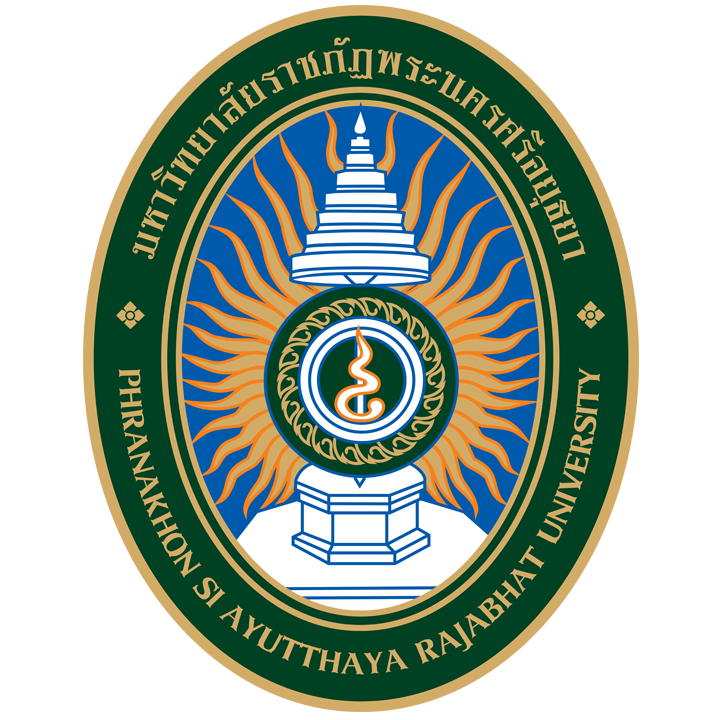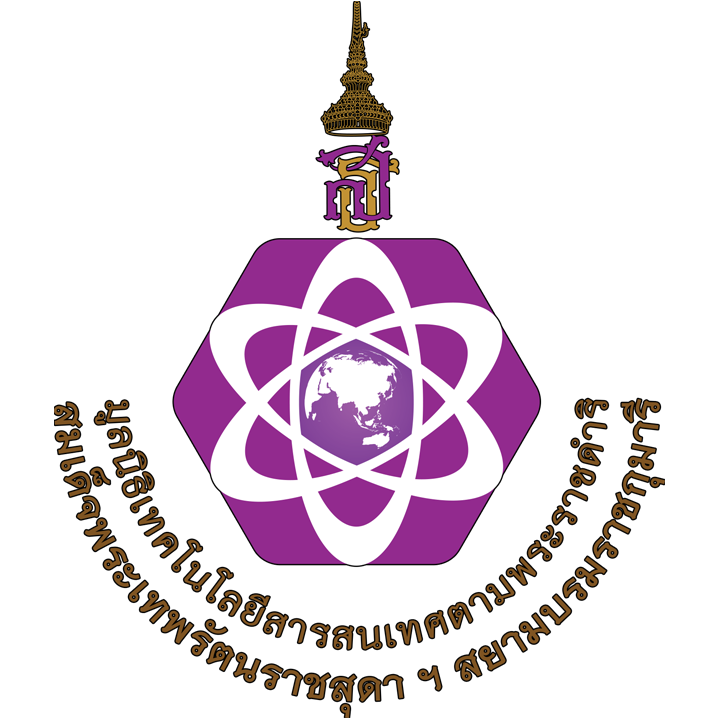Plenary Talks & Speakers
Plenary Talks

Prof. Yifang WANG
Director of Institute of High Energy Physics of Chinese Academy of Sciences
Title : Jiangmen Underground Neutrino Observatory (JUNO)
He is an author on more than 500 scientific papers on neutrino physics, e+ e- collision physics, cosmic rays and astrophysics, detector design and construction, and methods for data analysis, covering his work on the L3, AMS, Palo Verde, KamLAND and BES experiments. He led the design and construction of the BESIII detector at the Beijing Electron-Positron Collider, and the Daya Bay Reactor Neutrino Experiment, which precisely measured the neutrino mixing angle theta13. He proposed the idea of the Circular Electron-Positron Collider (CEPC) followed by a proton collider (SPPC) as a possible future step for particle physics. As the spokesperson of Jiangmen Underground Neutrino Observatory(JUNO), he is leading the design and construction of the project. He was awarded the W. K. H. Panofsky Prize in 2013, the 20th Nikkei Asia Prize in 2015, the Breakthrough Prize in Fundamental Physics in 2016 , the Bruno Pontecorvo Prize in 2016 and the Future Science Prize in 2019.
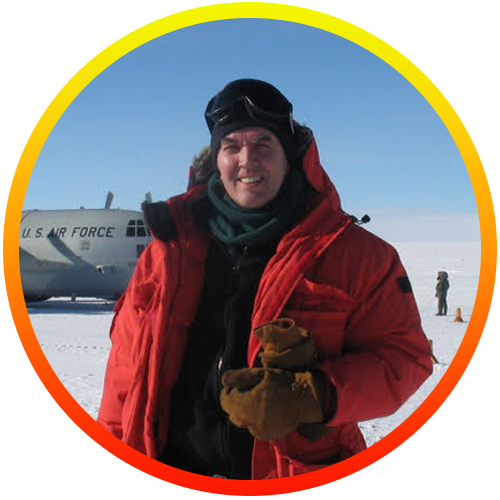
Prof. Albrecht Karle
Full professor and former Chair of the Department of Physics at the University of Wisconsin-Madison.
Title : The Telescope in the Ice: Neutrino astronomy at the South Pole - recent results from IceCube
His primary research is about our understanding of the origin of energetic cosmic rays and neutrinos using the IceCube Neutrino Observatory, where he is Associate Director for Science and Instrumentation. He is a Co-Principal Investigator of IceCube Neutrino Observatory and Principal Investigator of the IceCube Upgrade construction project, an extension of IceCube for precision neutrino physics and astrophysics. Karle analyzes data focusing on the search for sources of neutrinos in the Southern Sky using veto techniques to reject backgrounds. Karle is also involved in advancing the radio detection method of cosmic neutrinos using the glacial ice at the South Pole and in Greenland. He is also working on developing the conceptual design of the next-generation large extension IceCube-Gen2.
Keynote Lectures
Symposium : Physics Innovation & Education

Prof. Dr.Dheerawan Boonyawan
Department of Physics and Materials Science, Faculty of Science
Chiang Mai University
Title : Air Plasma Spray and PlasOne: Top-to-Toe Cold Atmospheric Plasma Innovation
Department of Physics and Materials Science, Faculty of Science Chiang Mai University
Title : Air Plasma Spray and PlasOne: Top-to-Toe Cold Atmospheric Plasma Innovation
Symposium : Condensed Matters & Material Physics

Assoc.Prof.Dr.Jakrapong Kaewkhao
Center of Excellence in Glass Technology and Materials Science (CEGM)
Faculty of Science and Technology, Nakhon Pathom Rajabhat University
Title : Scintillation Material from Glass: Advantages and Application
Symposium : Astronomy, Astrophysics & Cosmology
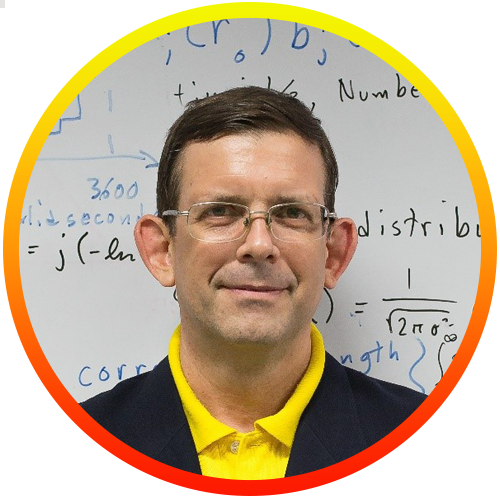
Prof. Dr. David Ruffolo
Department of Physics, Faculty of Science, Mahidol University
Title : Space Radiation Science and Technology
Symposium : Accelerators & Synchrotron radiations

Dr.Prapong Klysubun
Deputy Director for SPS-II Development
Title : Advanced physics and engineering developments for Siam Photon Source II particle accelerator complex
Symposium : Mathematics, Computational & Numerical Physics

Assoc. Prof. Dr. Jatuporn Thongsri
College of Advanced Manufacturing Innovation, King Mongkut’s Institute of
Technology Ladkrabang
Title : Computer Simulation in Engineering
Symposium : Quantum Physics & Technology

Assoc. Prof. Dr. Areeya Chantasri
Department of Physics, Faculty of Science, Mahidol University
Title : Quantum measurement, estimation, and control, all continuous in time
Symposium : Optical Physics & Technology

Assoc. Prof. Dr. Nattaporn Chattham
Department of Physics, Faculty of Science, Kasetsart University
Title : Exploring Molecular Orientation in Smectic Liquid Crystal Films Induced by Mass Flux:
Preparation for the Microgravity Experiment on the International Space Station
Symposium : Applied Physics & Technology

Assoc. Prof. Dr. Jessada Chureemart
Department of Physics, Mahasarakham University
Title : Physics and Engineering in the Application of Magnetic Recording Technology
Symposium : Plasma, Radiation, Nuclear Physics, and Technology

Assoc. Prof. Dr. Somsak Dangtip
Thailand Institute of Nuclear Technology
Title : Capability Building and Networking for Fusion Technology through the First Tokamak of
Thailand (TT-1)”
Invited Speakers
Symposium : Physics Innovation & Education

Assoc. Prof. Dr. Mudtorlep Nisoa
Division of physics, School of Science, Walailak University
Title : Engineering physics research to develop microwave heating technology for agricultural
and industrial development

Assoc. Prof. Dr. Suthira Taychakhoonavudh
Chief Executive Officer and co-founder of Baiya Phytopharm
Title : Navigating through the innovation journey: case study of Baiya Phytopharm
Symposium : Condensed Matters & Material Physics

Assoc. Prof. Dr. Saichon Sriphan
King Mongkut's University of Technology North Bangkok
Title : Tribovoltaic effect based on solid-solid interface:
transition from emerging mechanism into potential applications

Assoc. Prof. Dr. Pongsakorn Kanjanaboos
School of Materials Science and Innovation, Faculty of Science,
Mahidol University
Title : Functional Materials and Scalable Processes for Low-Cost Perovskite
Solar Cells and Radiative Cooling Films
Symposium : Astronomy, Astrophysics & Cosmology
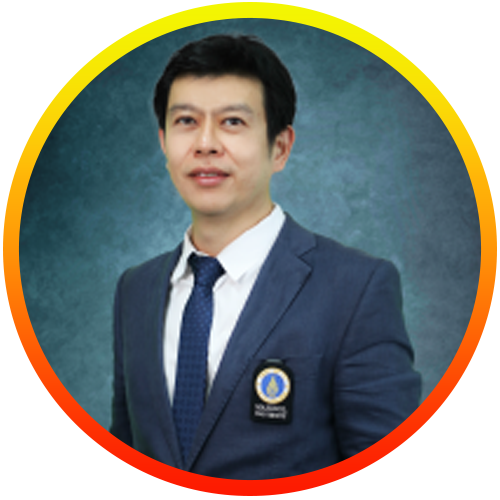
Prof. Dr. Burin Gumjudpai
NAS, Centre for Theoretical Physics and Natural Philosophy, Mahidol
University, Nakhonsawan Campus Project
Title : Gravitational UV/IR Mixing with Matter Effects in Cosmology

Assoc. Prof. Dr. Piyabut Burikham
Department of Physics, Chulalongkorn University
Title : Thermodynamics of black hole in certain class of Weyl geometric gravity

Dr. Taweewat Somboonpanyakul
Department of Physics, Chulalongkorn University
Title : CHIPS1911+4455: A Cooling flow in a Mering Cluster

Dr. Saran Poshyachinda
National Astronomical Research Institute of Thailand (NARIT)
Title : National Astronomical Research Institute of Thailand (NARIT)
Symposium : Accelerators & Synchrotron radiations

Dr. Thakonwat Chanwattana
Accelerator Research and Instrumentation Section, Accelerator Research
and Development Division, Synchrotron Light Research Institute
(Public Organization)
Title : SLRI Ongoing Synchrotron and Accelerator Projects
Symposium : Mathematics, Computational & Numerical Physics

Assoc. Prof. Dr. Thanayut Kaewmaraya
Department of Physics, Faculty of Science, Khon Kaen University
Title : Two-dimensional Materials as Cathode Host for Inhibiting Polysulfide Shuttling and Promoting Kinetics in Metal–Sulfur Batteries

Assoc. Prof. Dr. Papichaya Chaisakul
Department of Physics, Faculty of Science, Kasetsart University
Title : Finite-Difference Time-Domain method for the investigation of silicon-based photonic
integrated circuits
Symposium : Quantum Physics & Technology

Prof. Dr. Yoshiaki YasunoInstitute of Applied Physics, University of
Tsukuba, Japan
Title : Contrast augmentation of optical coherence tomography by computational methods

Asst. Prof. Dr. Pruet KalasuwanFaculty of Science, Prince of Songkla
University
Title : Exploring the realm of quantum communication within the context of Thailand
Symposium : Optical Physics & Technology

Assoc. Prof. Dr. Amarin Ratanavis
Department of Industrial Physics and Medical Instrumentation, Faculty of
Applied Science, Lasers and Optics Research Center, Science and Technology Research Institute, King
Mongkut’s University of Technology North Bangkok
Title : Development of Laser Systems and Applications

Asst. Prof. Dr. Chat Teeka
Program in General Science, Faculty of Science and Technology, Suan Dusit
University, Bangkok, Thailand
Title : Artificial Intelligence in Meta–Optics
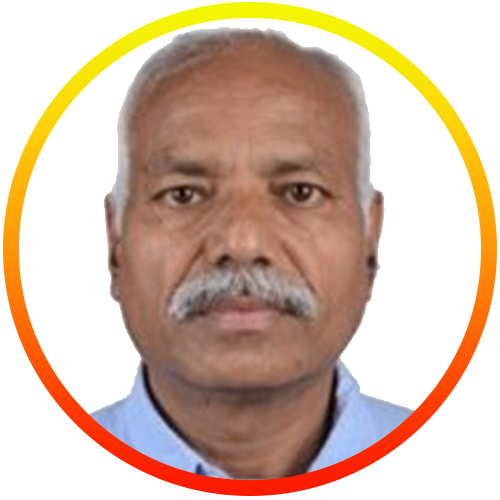
Prof. Dr. C.K. Jayasankar
Department of Physics, Sri Venkateswara University, Tirupati, India
Title : An overview of visible and infrared down- and up-conversion luminescence properties of
Er3+-doped glasses for photonic applications
Symposium : Applied Physics &Technology, Biophysics, Nano-physics and others

Assoc. Prof. Dr. Soodkhet Projprapai
School of Ceramic Engineering, Institute of Engineering, Suranaree
University of Technology, Founder of Suratec
Title : A case study of Suratec: from research to a startup

Assoc. Prof. Dr. Ratchanok Somphonsane
Department of Physics, School of Science, King’s Mongkut Institute of
Technology Ladkrabang
Title : Inducing Spin-Dependent Functionality in 2D Semiconductors
Symposium : High Energy & Particle Physics

Asst. Prof. Dr. Norraphat Srimanobhas
Department of Physics, Faculty of Science, Chulalongkorn University
Title : Highlights from Flavor Physics and CP Violation conference 2024




